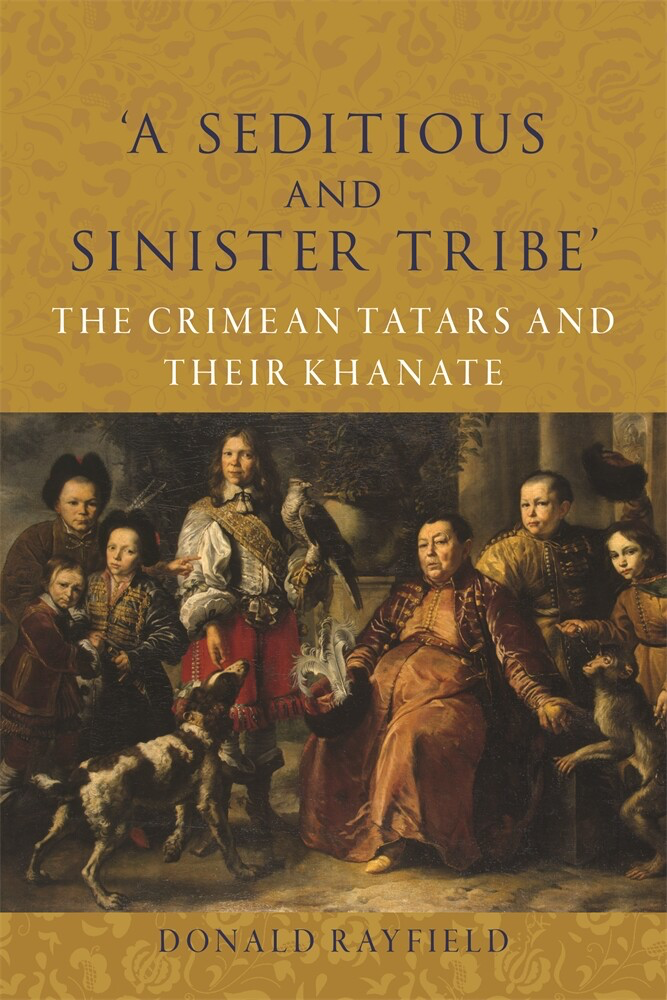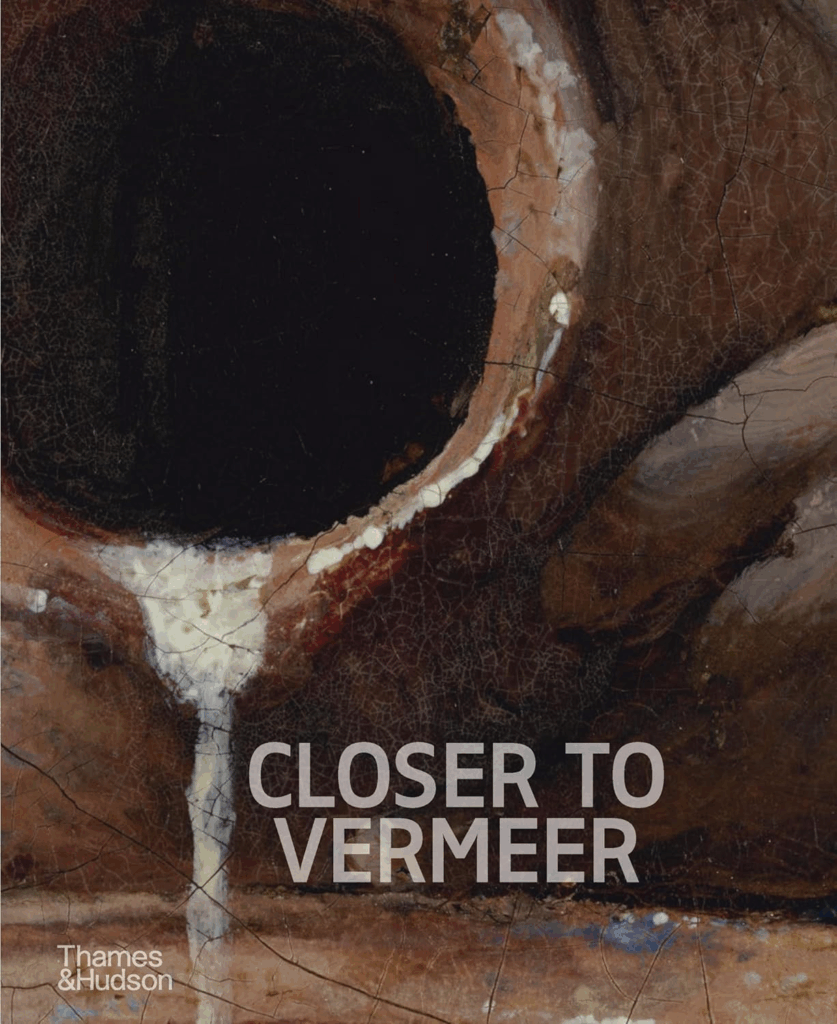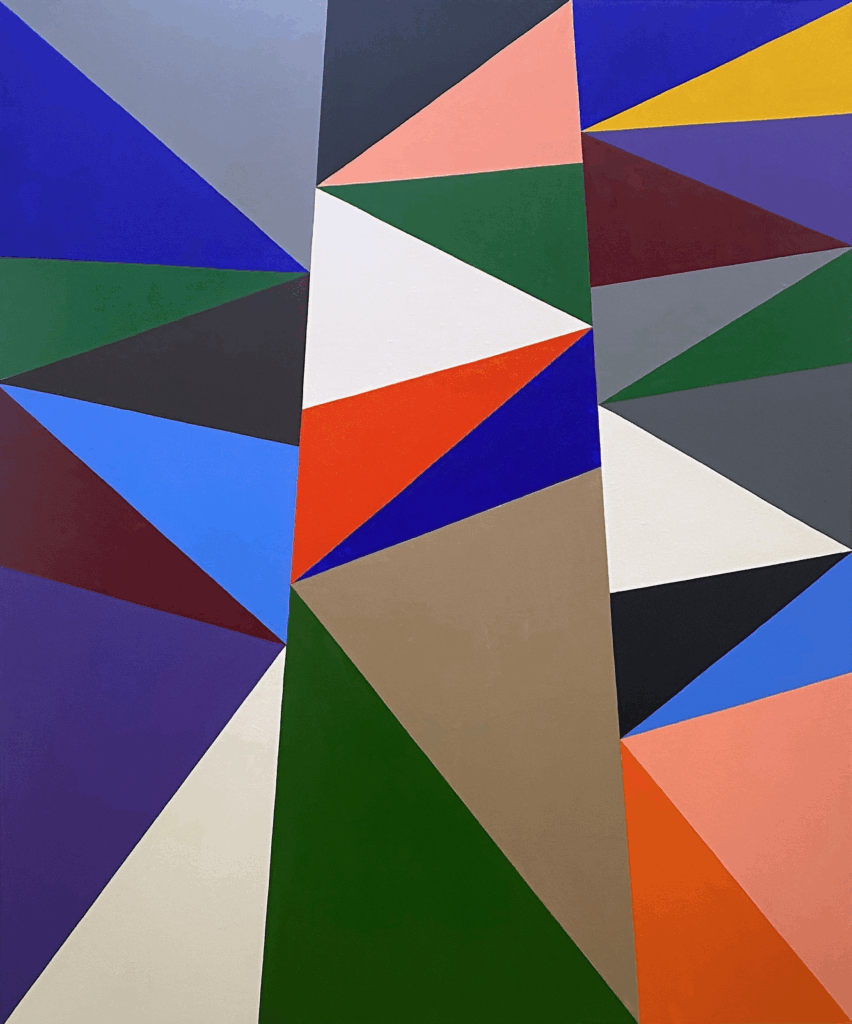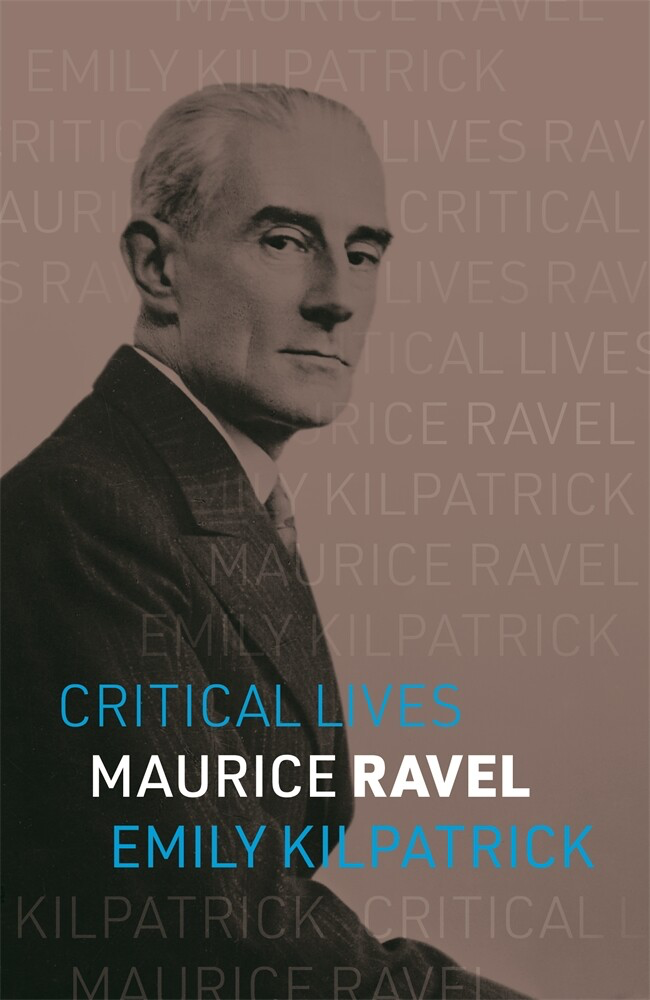
“A Seditious and Sinister Tribe”: The Crimean Tatars and their Khanate, by Donald Rayfield (Reaktion Books): The Khanate of Crimea, whose history Donald Rayfield explores in great depth in his new book, was the most powerful successor state to the Mongol Golden Horde. Under the tutelage of the Ottoman Empire, the Crimean Tatar state, established in 1441, became a key player in Eastern European geopolitics, repeatedly raiding and defeating such formidable adversaries as the Polish–Lithunanian Commonwealth and the Russian Tsardom. For three centuries, the khanate was also a thriving melting pot of cultures and faiths, where the culturally Turkic Muslim Tatars ruled over large minorities of Jews, Catholic Italians, Miaphysite Armenians, Orthodox Greeks, Slavs, and, most curiously of all, Germanic Goths. While serving as a corrective to the stereotypical view of the Tatars as mere barbaric savages, “A Seditious and Sinister Tribe” does not shy away from discussing the source of both the khanate’s prosperity and reputation: the Crimean Tatars ran Europe’s largest slave state, managing to capture and enslave upwards of two million people, mostly Slavs, over the course of the khanate’s three-hundred-year history. —AG

Closer to Vermeer: New Research on the Painter and His Art, edited by Francesca Gabrieli, Barbera van Kooij, Anna Krekeler, Annelies van Loon, Pieter Roelofs, Eddy Schavemaker, Ige Verslype, and Gregor J. M. Weber (Thames & Hudson): If much of Johannes Vermeer’s life remains a mystery, rather more has come to be known about his working methods. Closer to Vermeer presents technical research conducted around the time of the Rijksmuseum’s landmark 2023 exhibition in a large-format package, allowing readers to see things impossible to discern in a crowded museum space. —BR

Stephen Westfall, Ornithology, 2025, Oil and alkyd on canvas, Alexandre Gallery.
“Stephen Westfall: Ornithology,” at Alexandre Gallery (September 4–October 25): Like the start of a great migration, early September sees the return of New York’s gallery scene following its summer aestivation. Opening this Thursday, “Stephen Westfall: Ornithology” alights on Alexandre with the artist’s latest solo show at the Upper East Side gallery. Inspired by the angular shapes of wings, beaks, and flocks, Westfall looks to the avian world for his latest suite of studied geometric abstraction. Featuring paintings, works on paper, and a mural installation leading up the stairway between the gallery’s two floors, the exhibition contrasts bold planes of color in dynamic, flapping formations. —JP

Maurice Ravel, by Emily Kilpatrick (Reaktion Books): Maurice Ravel’s childhood was a happy one: his doting father, an entrepreneur, often took his son with him to view machinery at his factories, and his mother, a Basque, sang him the folksongs of her youth. It was the “clicking and roaring” of these machines and the Spanish singing of his mother, Ravel recalled, that “formed my first instruction in music.” That might be the key to unlocking Boléro, with its marriage of mechanistic tempo, repetitive structure, and Spanish flavor. This and much else merit a dive into Ravel’s biography, an opportunity happily supplied by Emily Kirkpatrick in Maurice Ravel, a new installment in the Critical Lives series. Look forward to a full review on the Dispatch wing of The New Criterion’s website.—IS
Dispatch:
“Klaus & co.,” by Jay Nordlinger. On a concert of the Royal Concertgebouw Orchestra.
By the Editors:
Isaac Sligh, The Spectator World
From the Archives:
“Refiguring the Guggenheim,” by Karen Wilkin (June 1989). On “Refigured Painting: The German Image 1960–1988.”


















